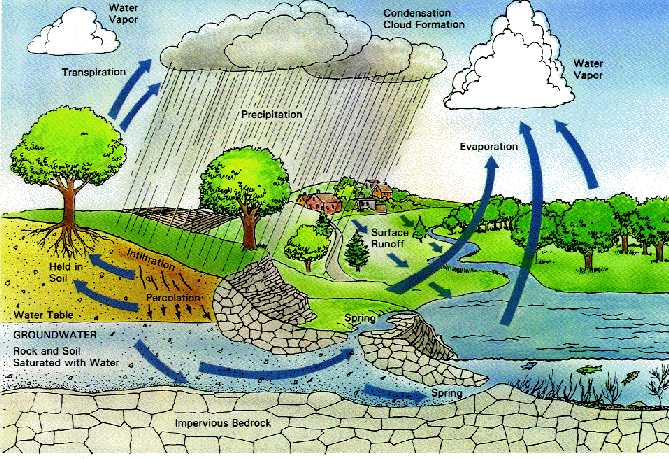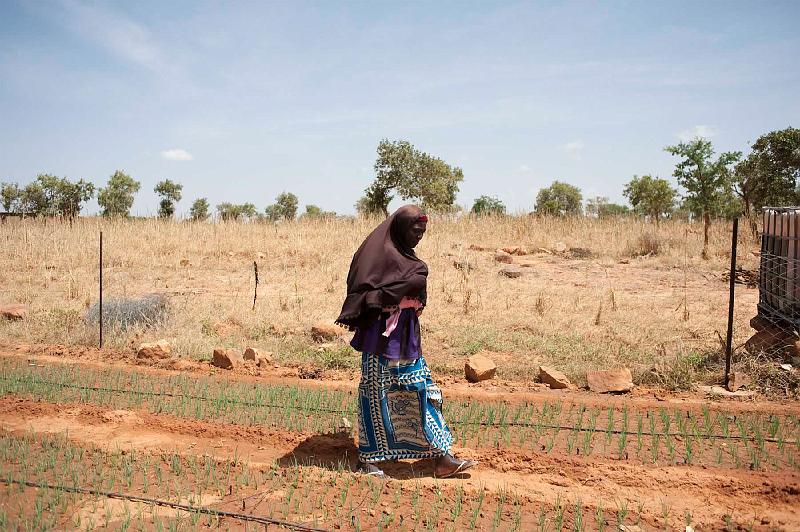There is steady progress in the adoption of low cost technologies of harvesting and storing rain-water by farmers compared to the use of water tanks, says Rainwater Harvesting Association of Malawi.
Rain-water harvesting is a method of inducing, collecting, storing and conserving rain-water.
RHAM’s Secretary General Mac Pherson Nthala said:“Most farmers easily take up and adopt field technologies like small farm ponds, infiltration pits because their cost is low compared to the construction of water tanks,” Nthala, who is also Chief Land Resource Officer for the Lilongwe Agriculture Development Division (LADD) said.
He further said the rising cost of construction materials like cement and other related materials is putting off many people from considering the construction of tanks for harvesting and storing rain water.
The Government of Malawi through the Ministry of Agriculture and Food Security in conjunction with the Ministry of Water Development and Irrigation is promoting harvesting rain-water in both underground and above surfaces for agricultural use.
According to Nthala, government and civil society’s interest in rainwater harvesting stems from the 2000/2001 growing season in which the country experienced one of its worst droughts in so many years.
However, much as there is a call to embrace and implement all the available technologies for harvesting rainwater, it is only the low cost field technologies that are being widely practiced by farmers.
“Farmers see immediate benefits from these low cost technologies compared to water tanks,” said Edson Chagunda, Senior Assistant Land Resource Conservation Officer for Lilongwe District Agriculture Development Office (DADO).
The Lilongwe DADO’s office with support from various NGOs like Total Land Care, Irrigation Rural Livelihood and Agriculture Development (IRLAD) and Concern Worldwide among others is fully engaged in the implementation of rainwater harvesting activities in the district.
Chagunda said the activities target more than 4,000 farmers in Lilongwe and are much focused on low cost technologies like the making of contour mark ridges, box ridges, infiltration pits to store water and moisture content in farming fields.
“There are some organisations that are interested in providing funds for the construction of underground and above tanks as well as train people in managing these structures,” he said.
The Malawi Parliament in February, 2013 passed the Water Resources Bill which, among other things, seeks to address issues of water reservoirs, pollution and conservation of catchment areas.





No comments! Be the first commenter?